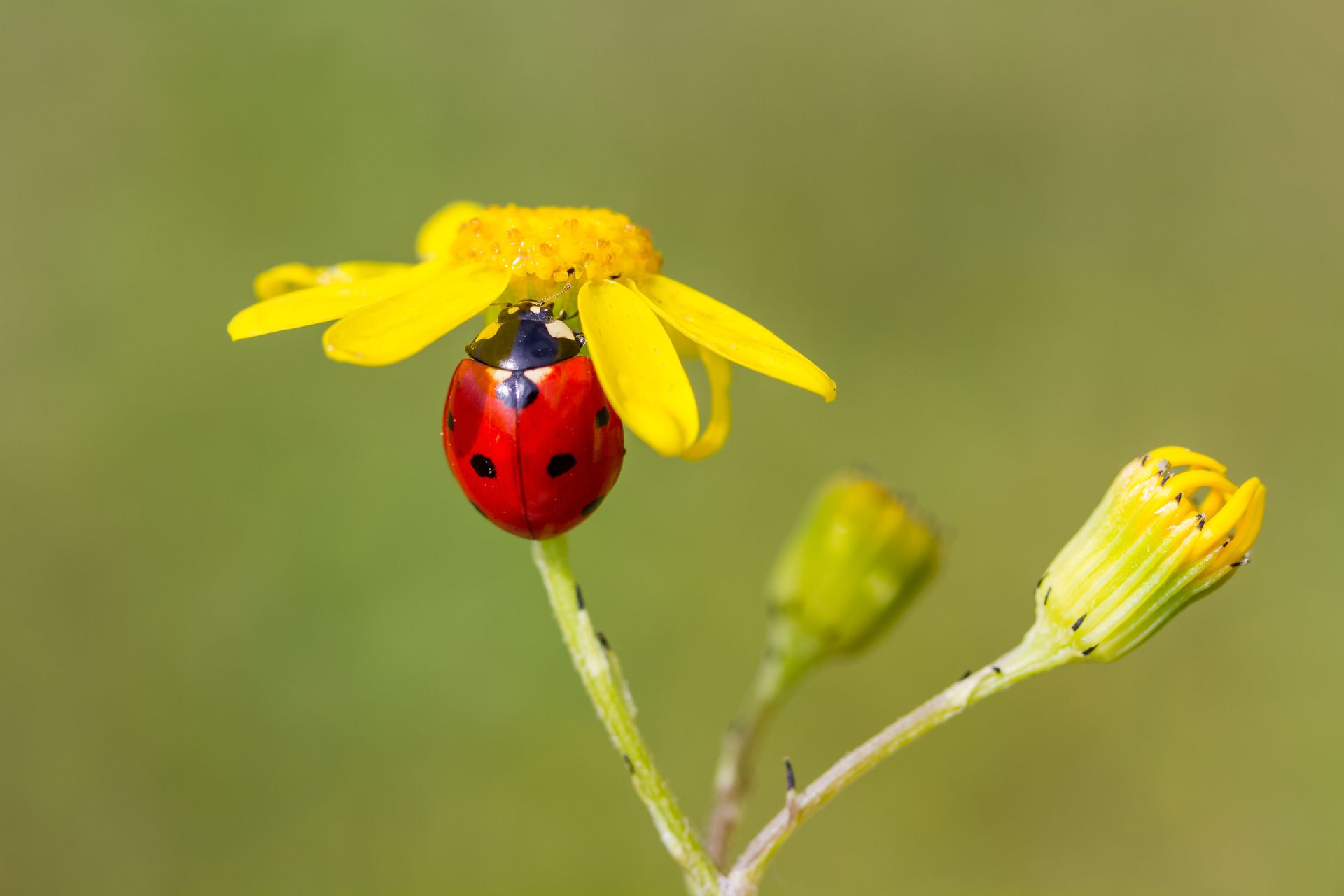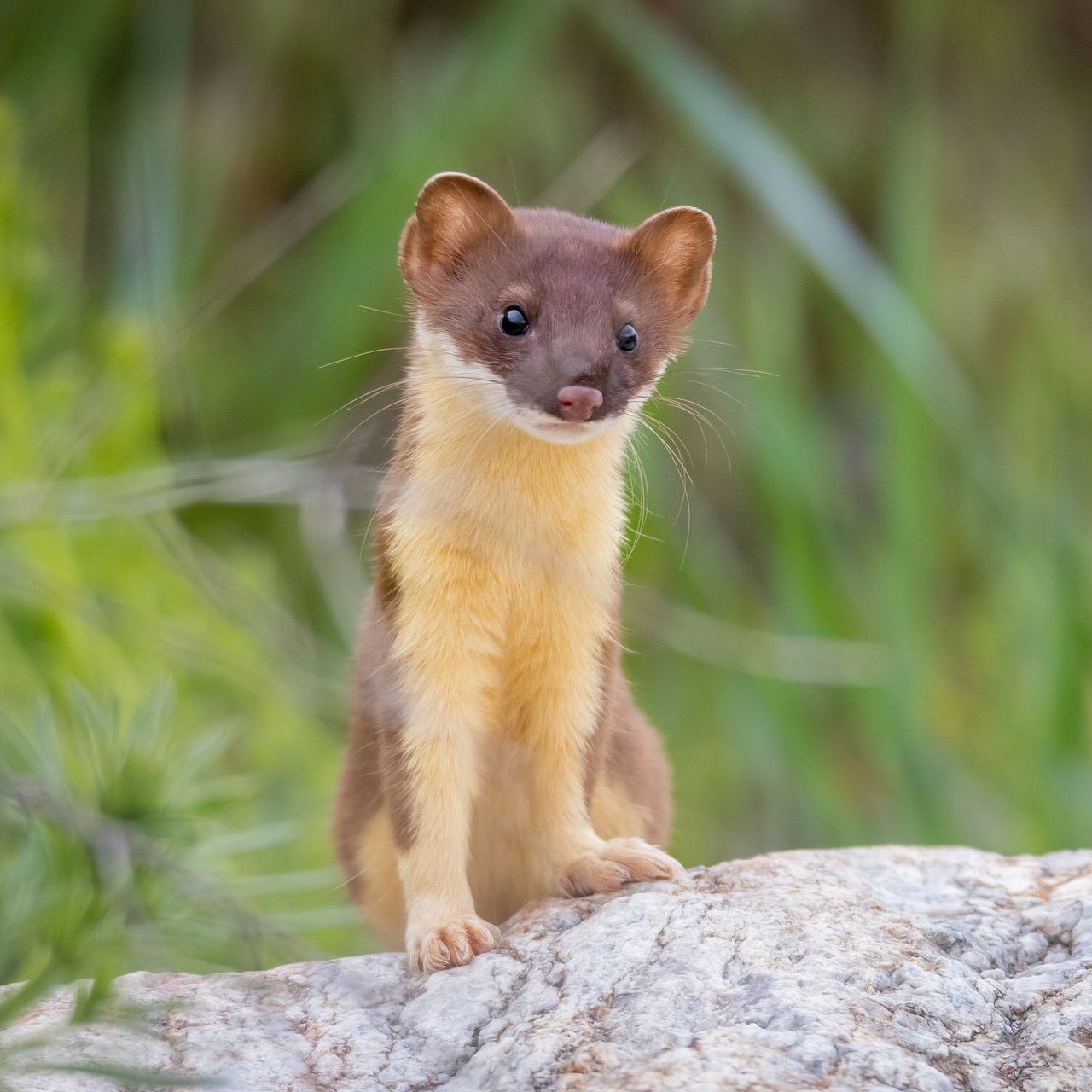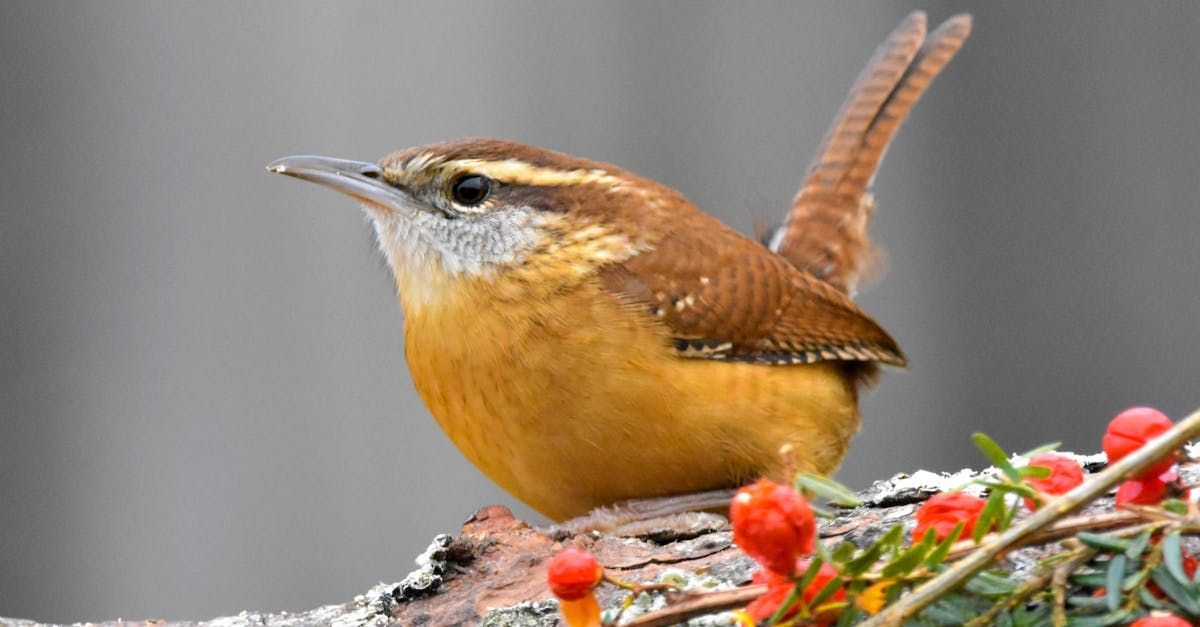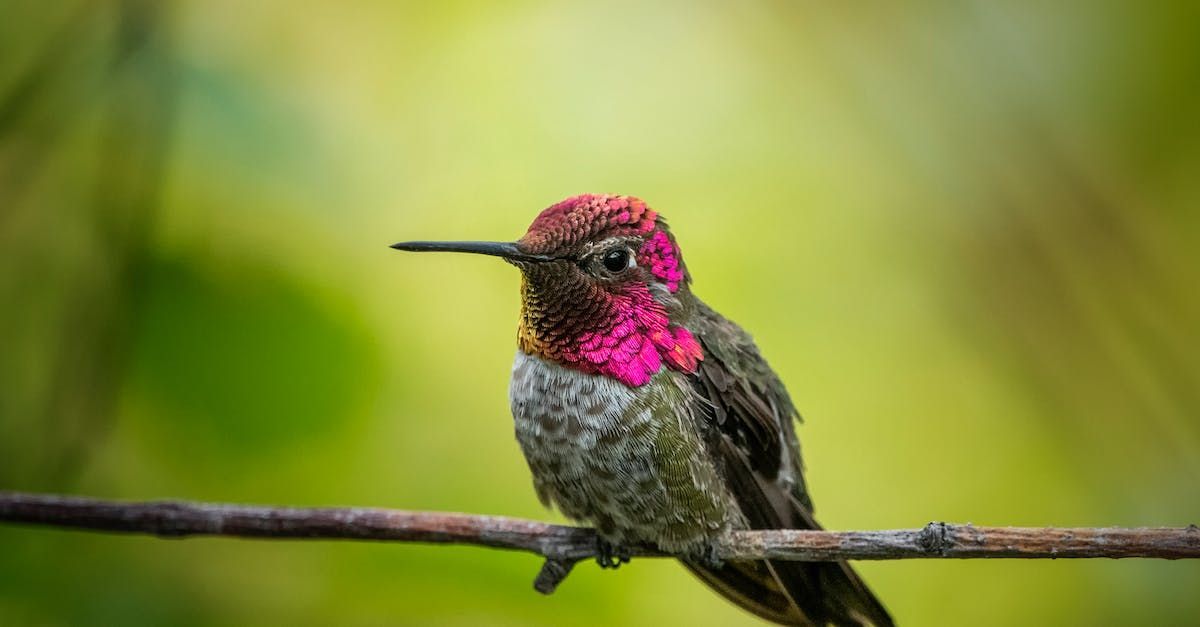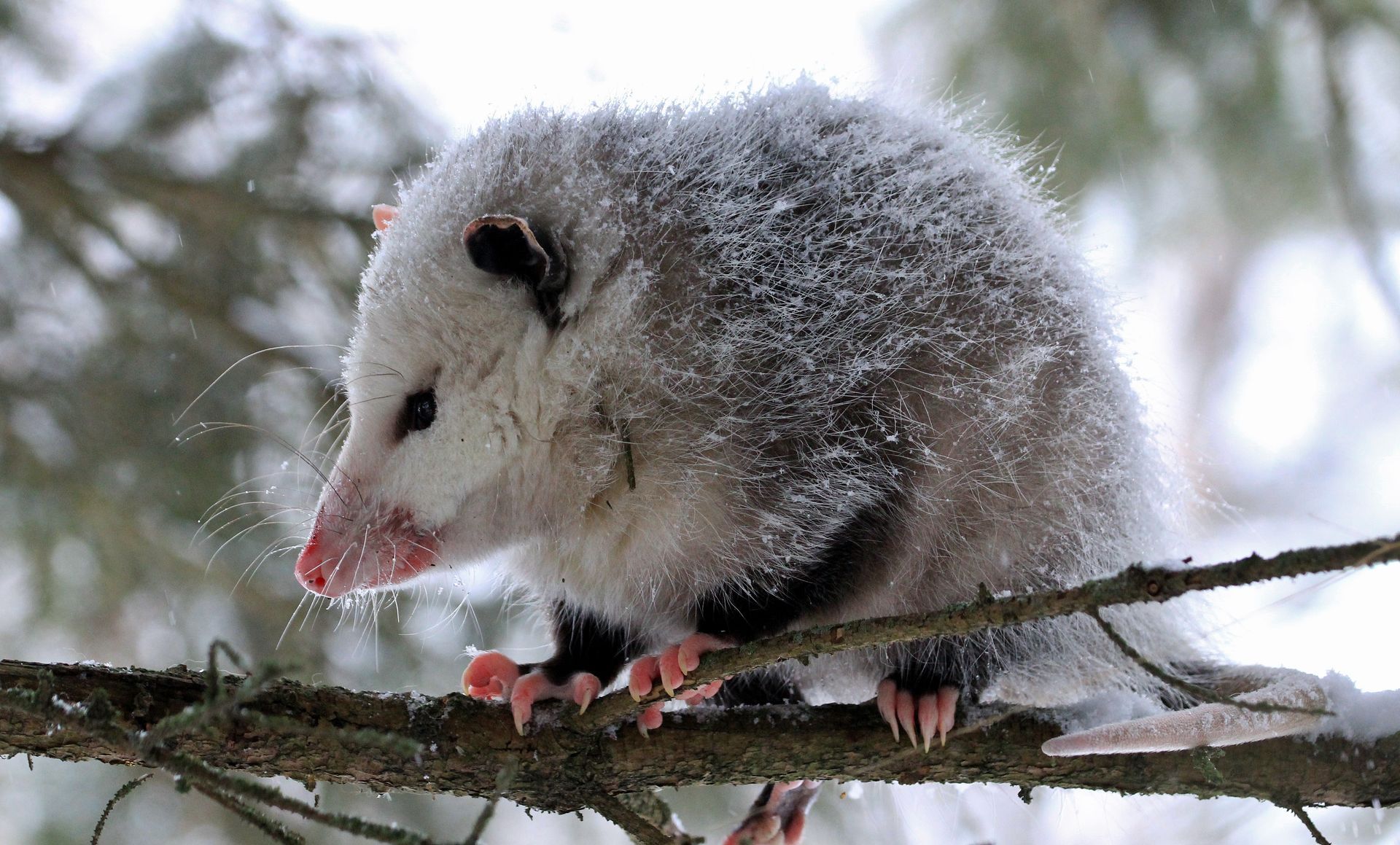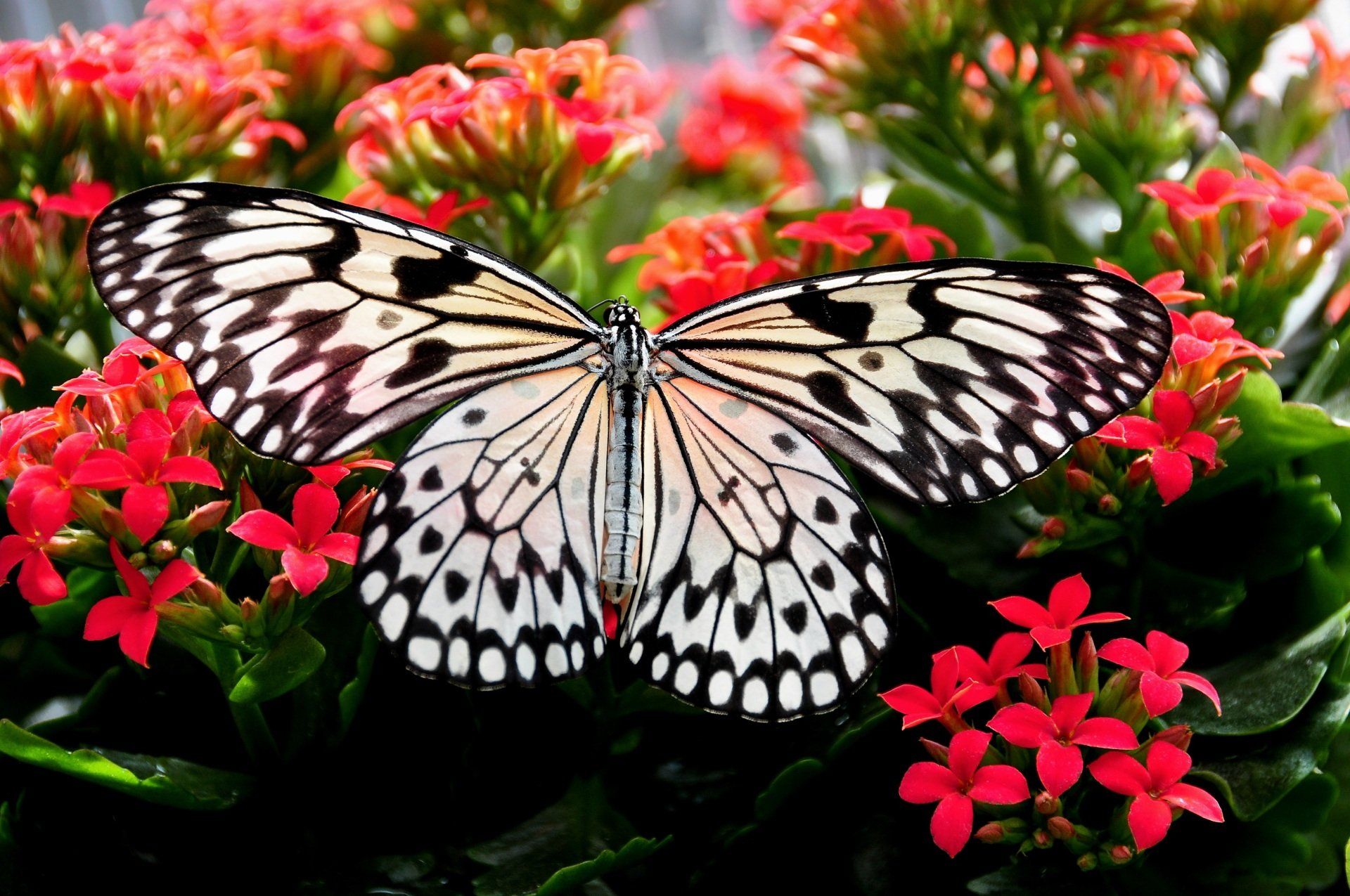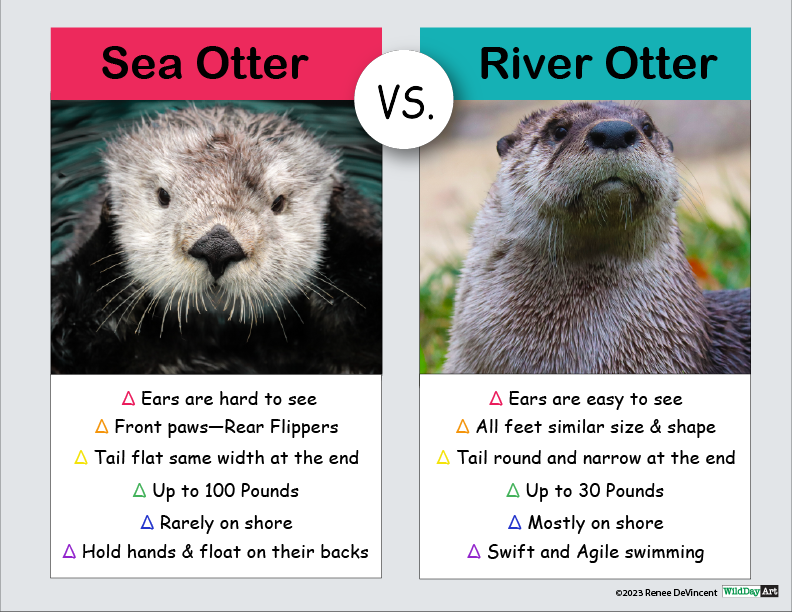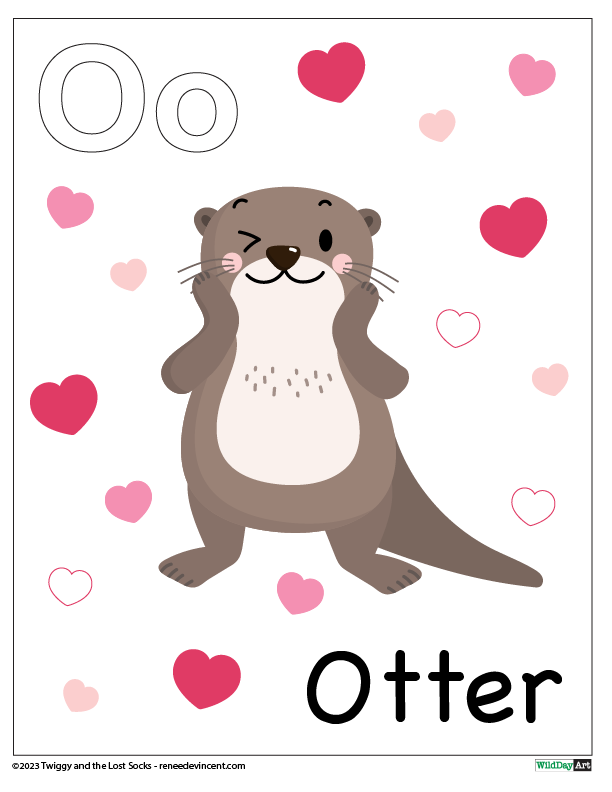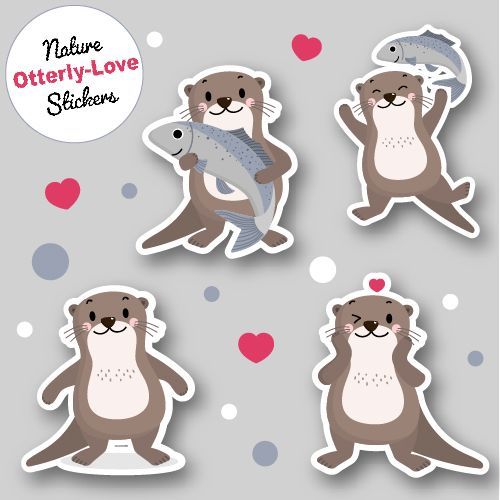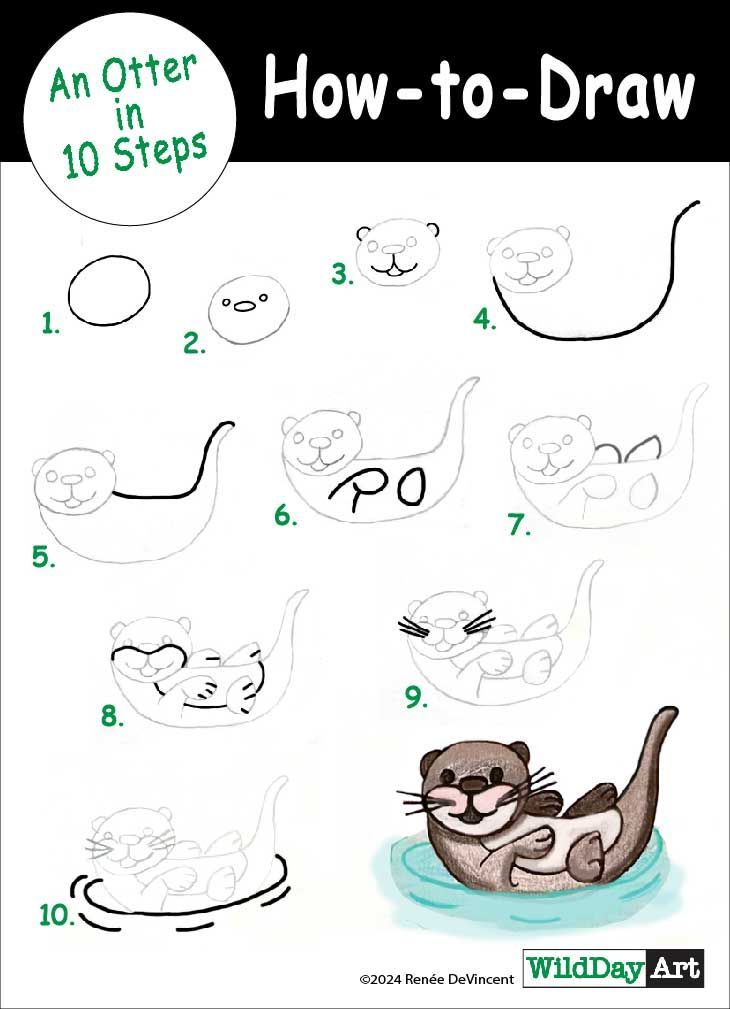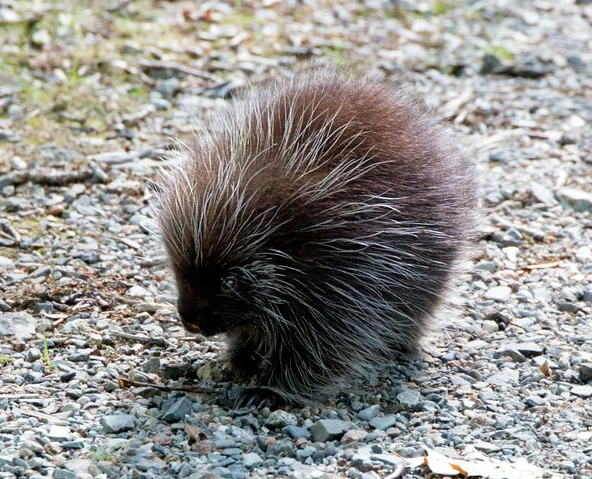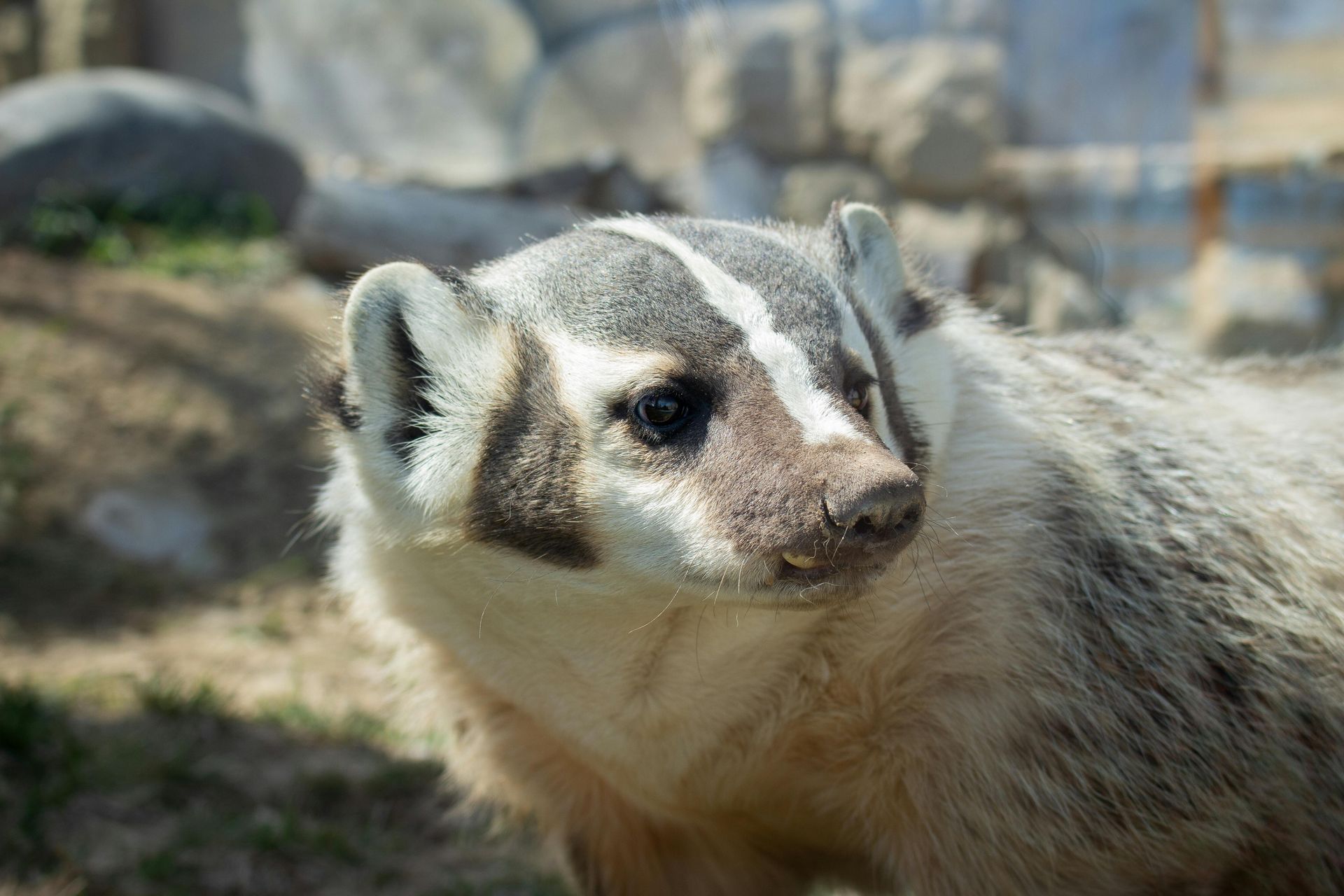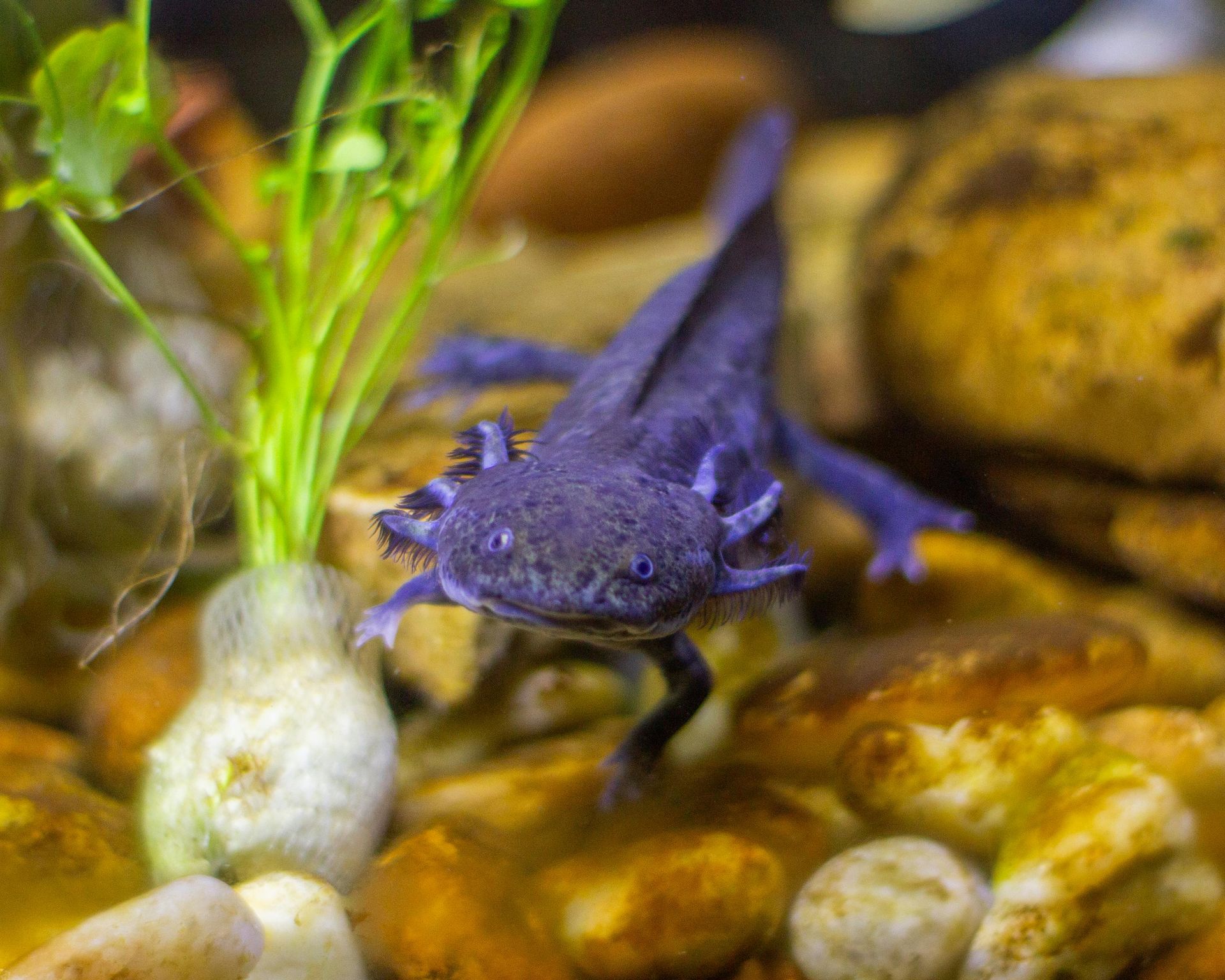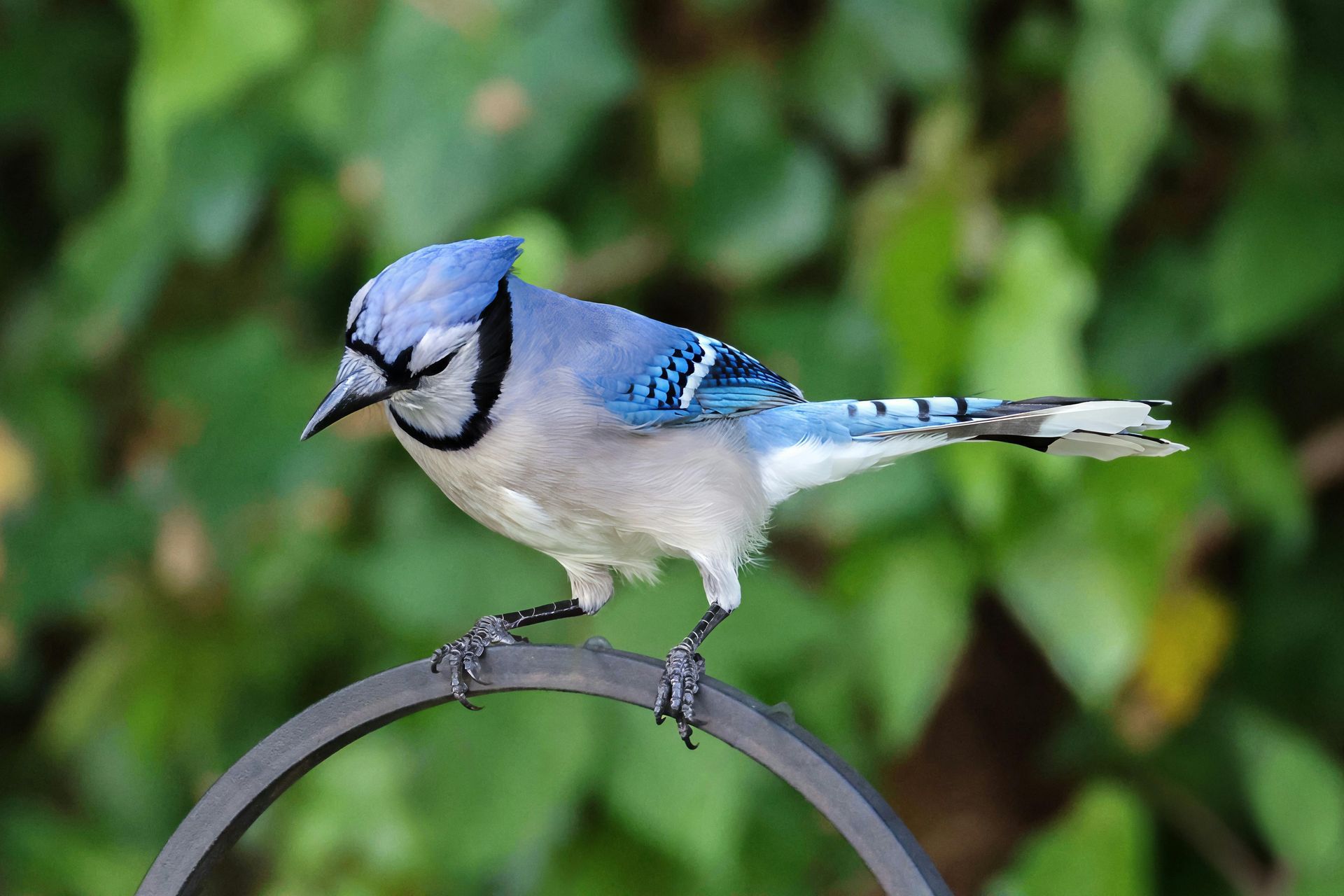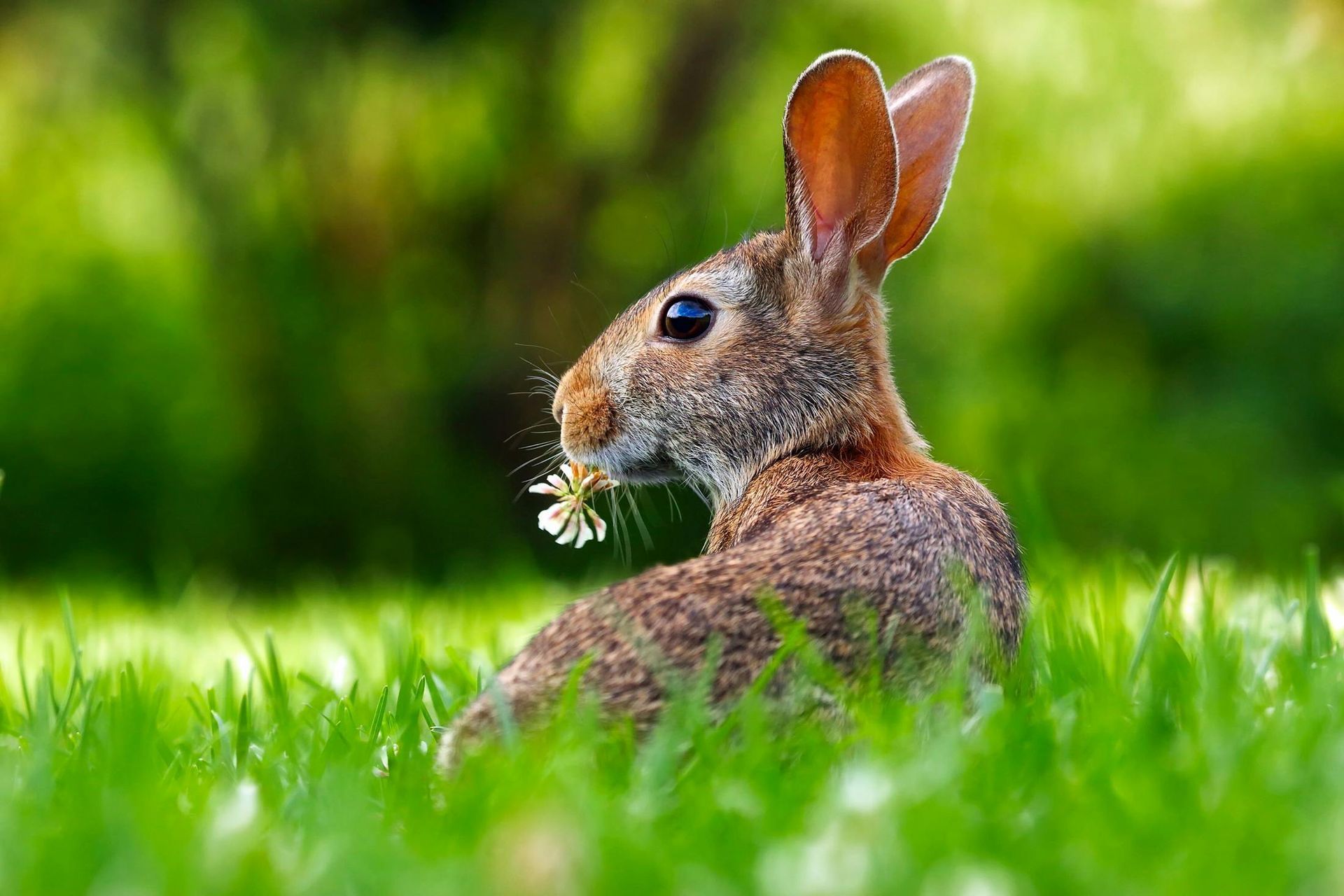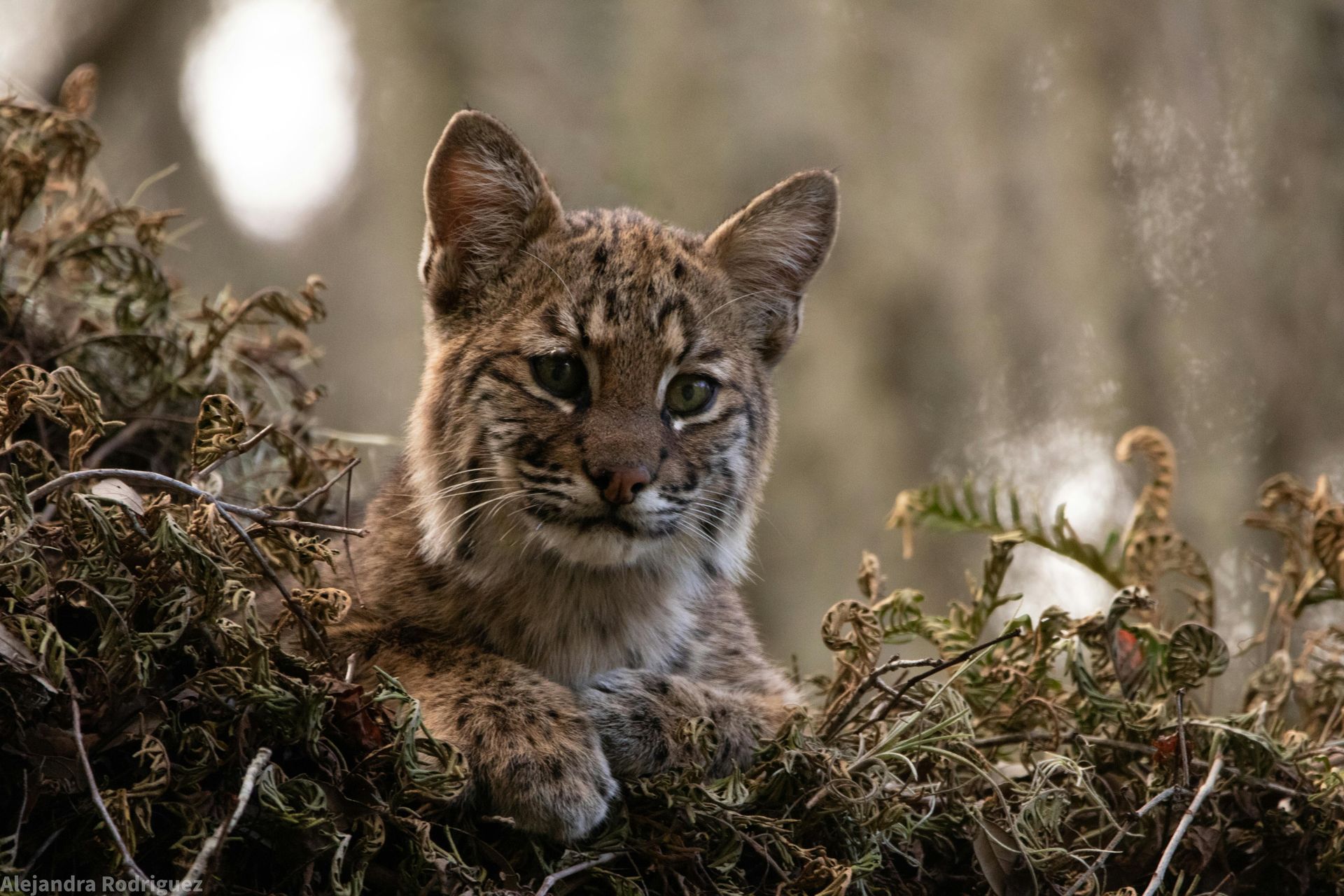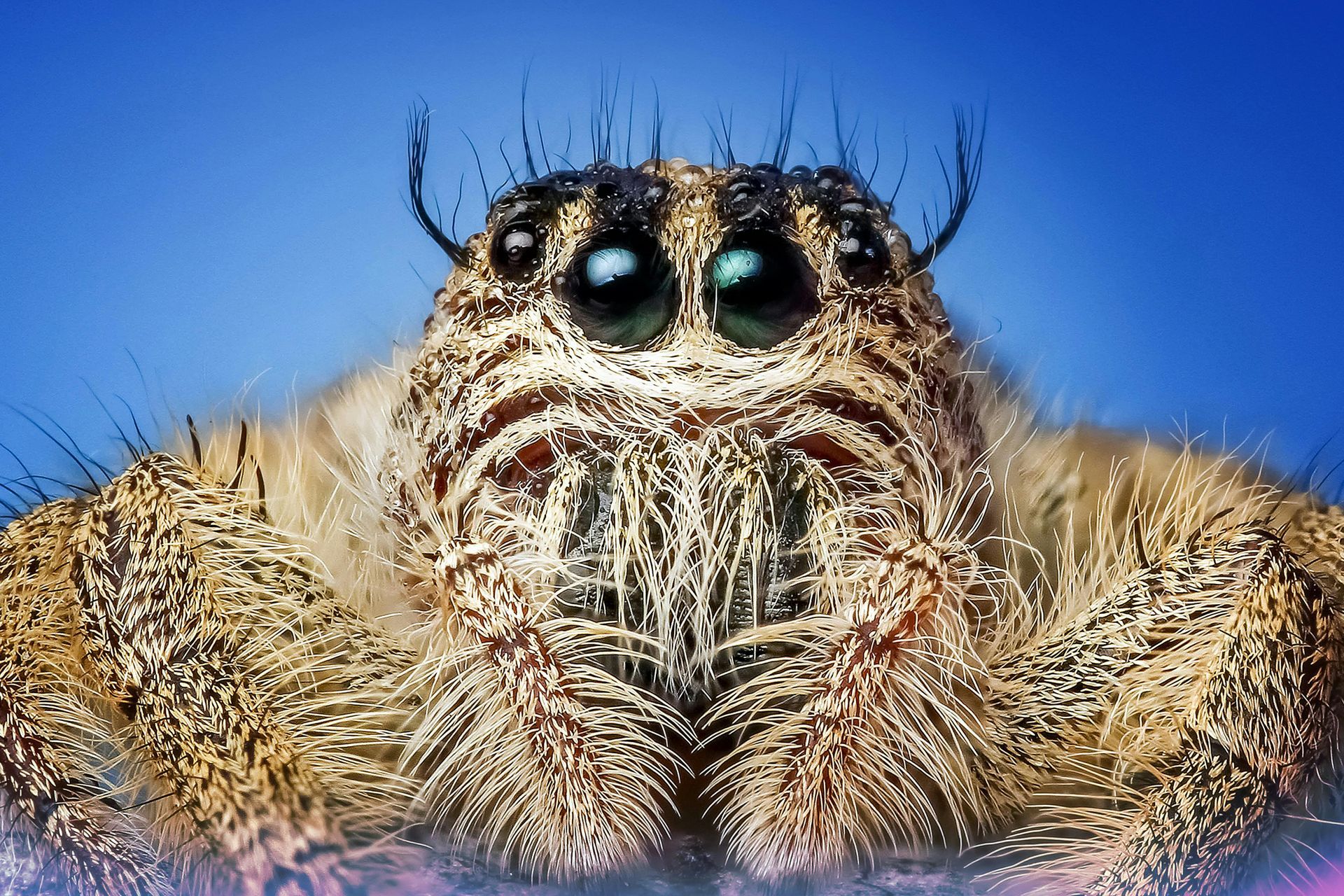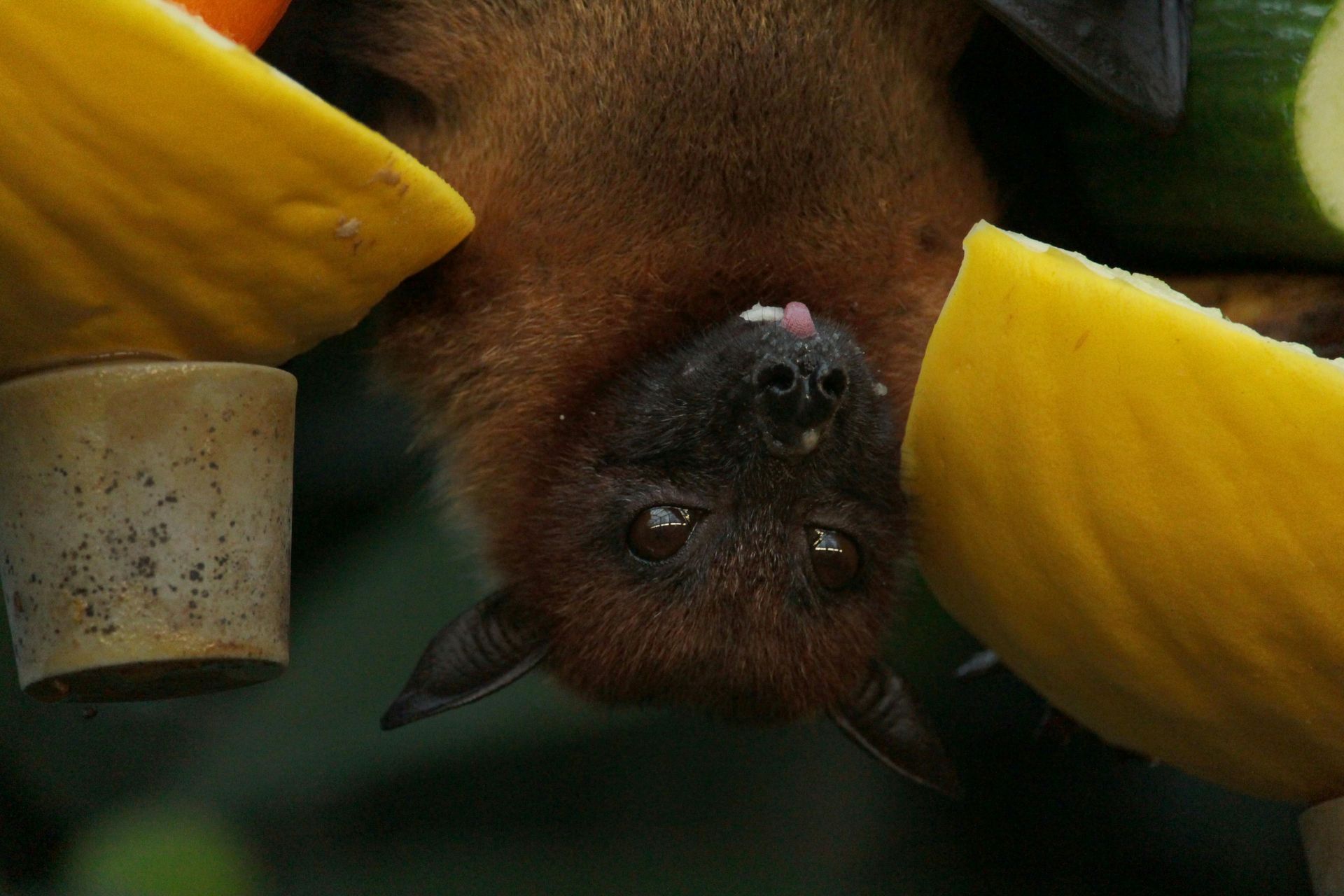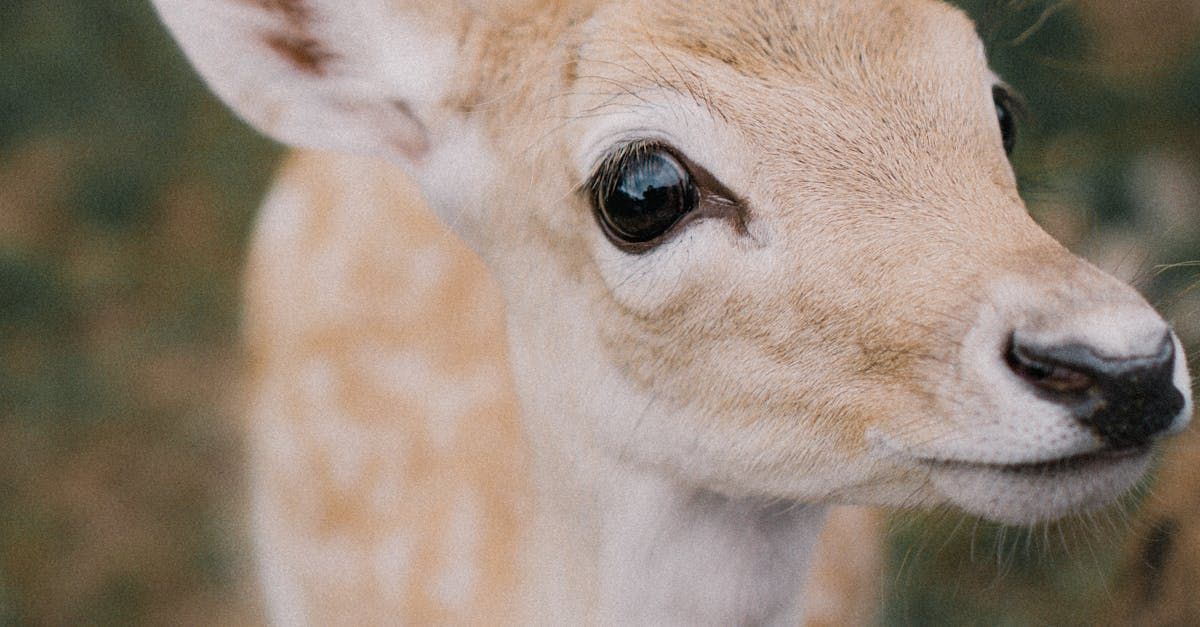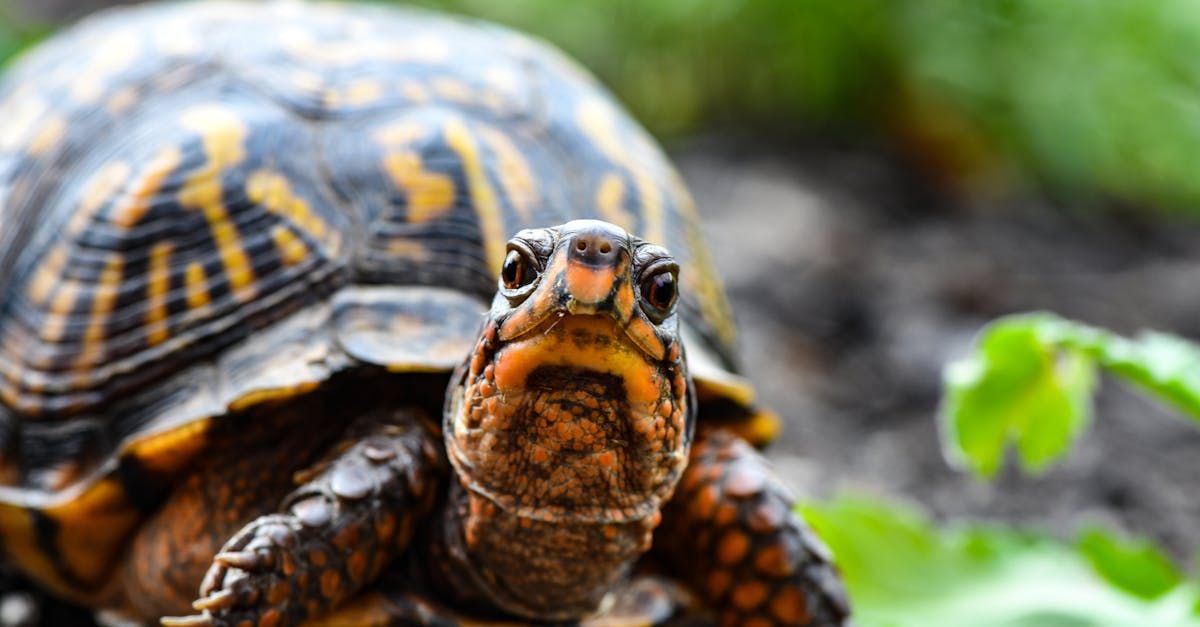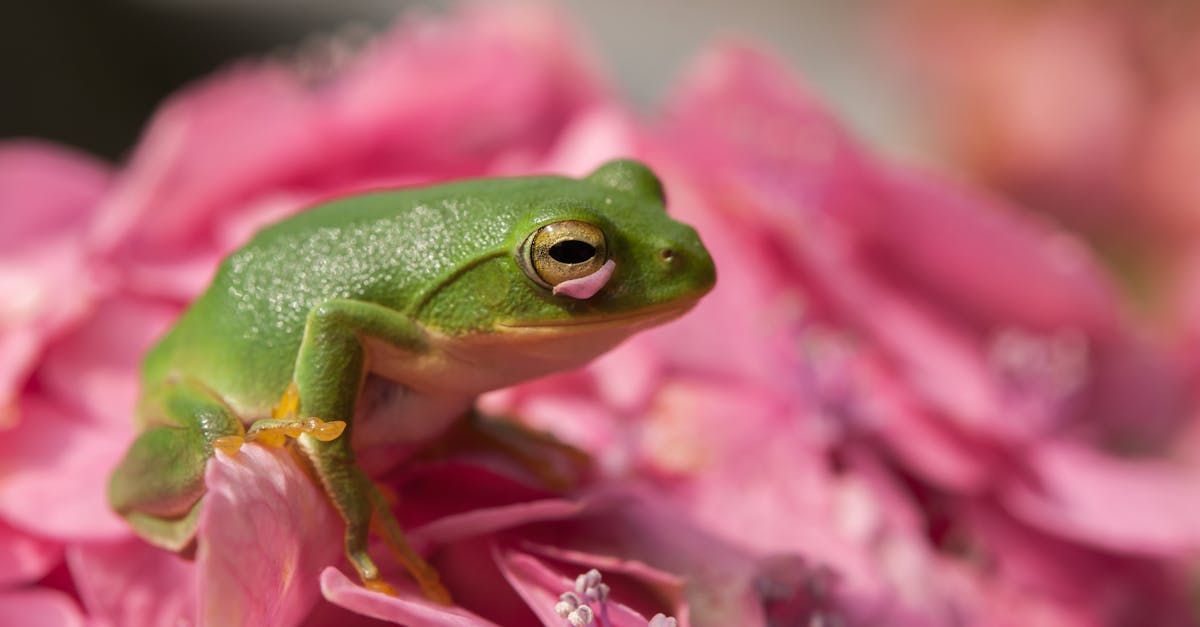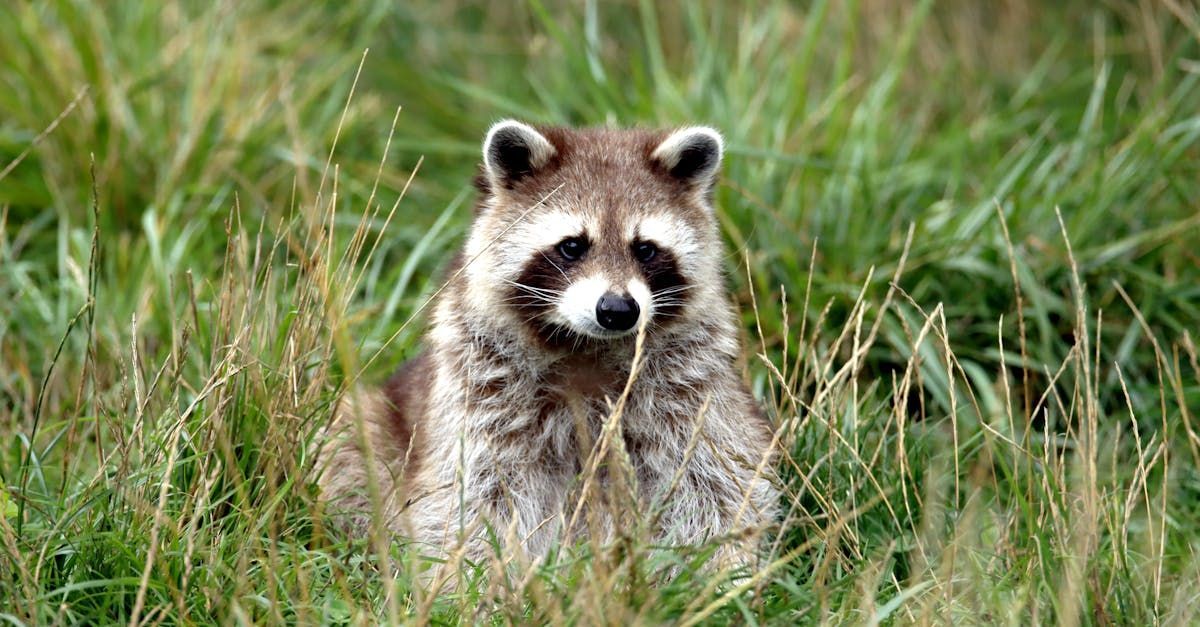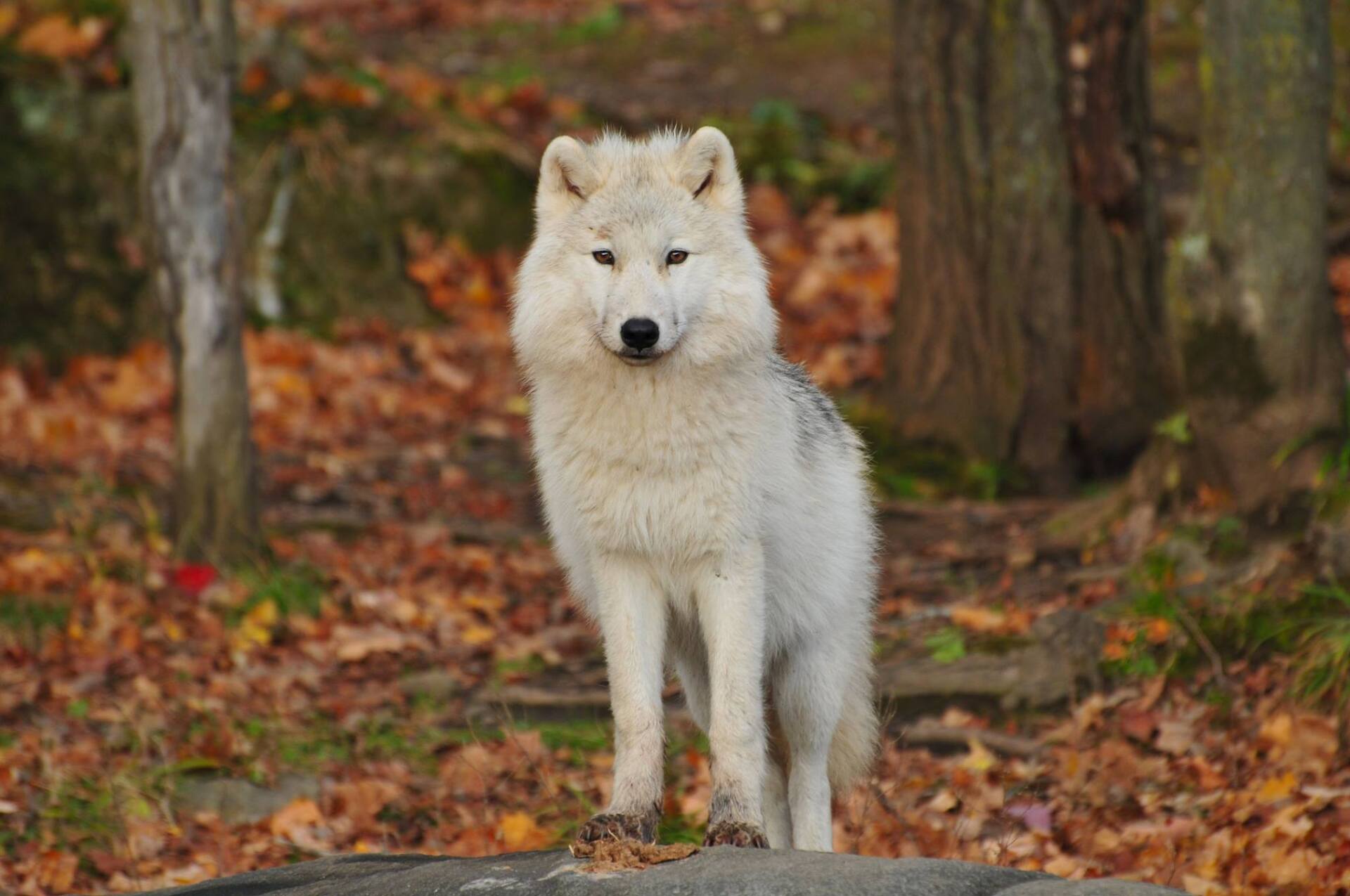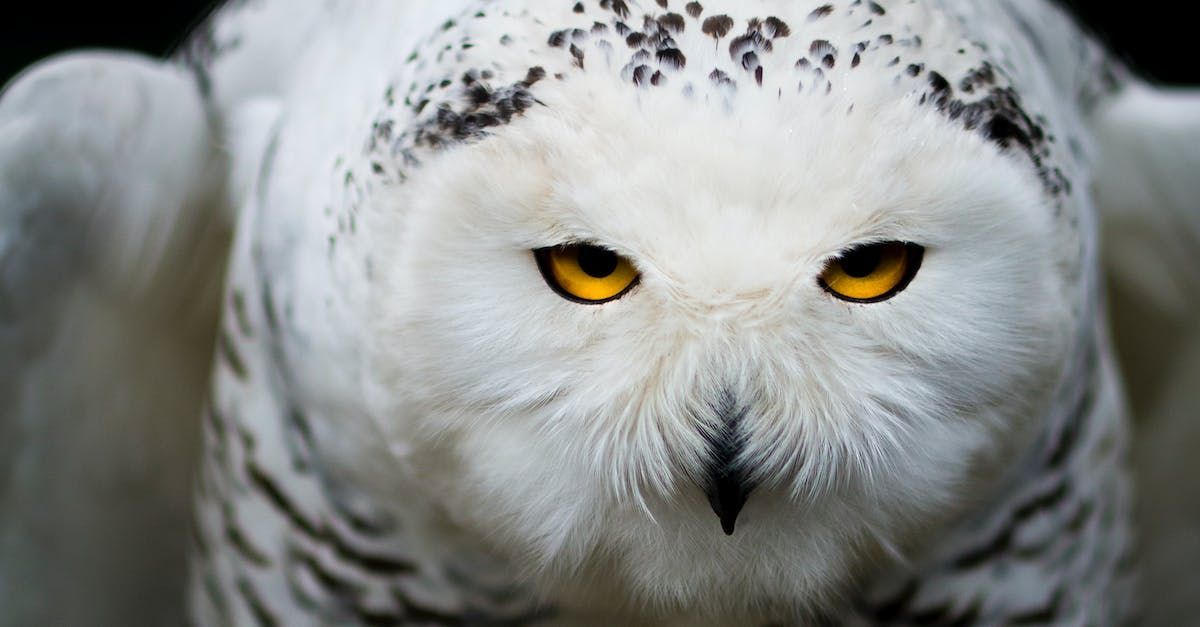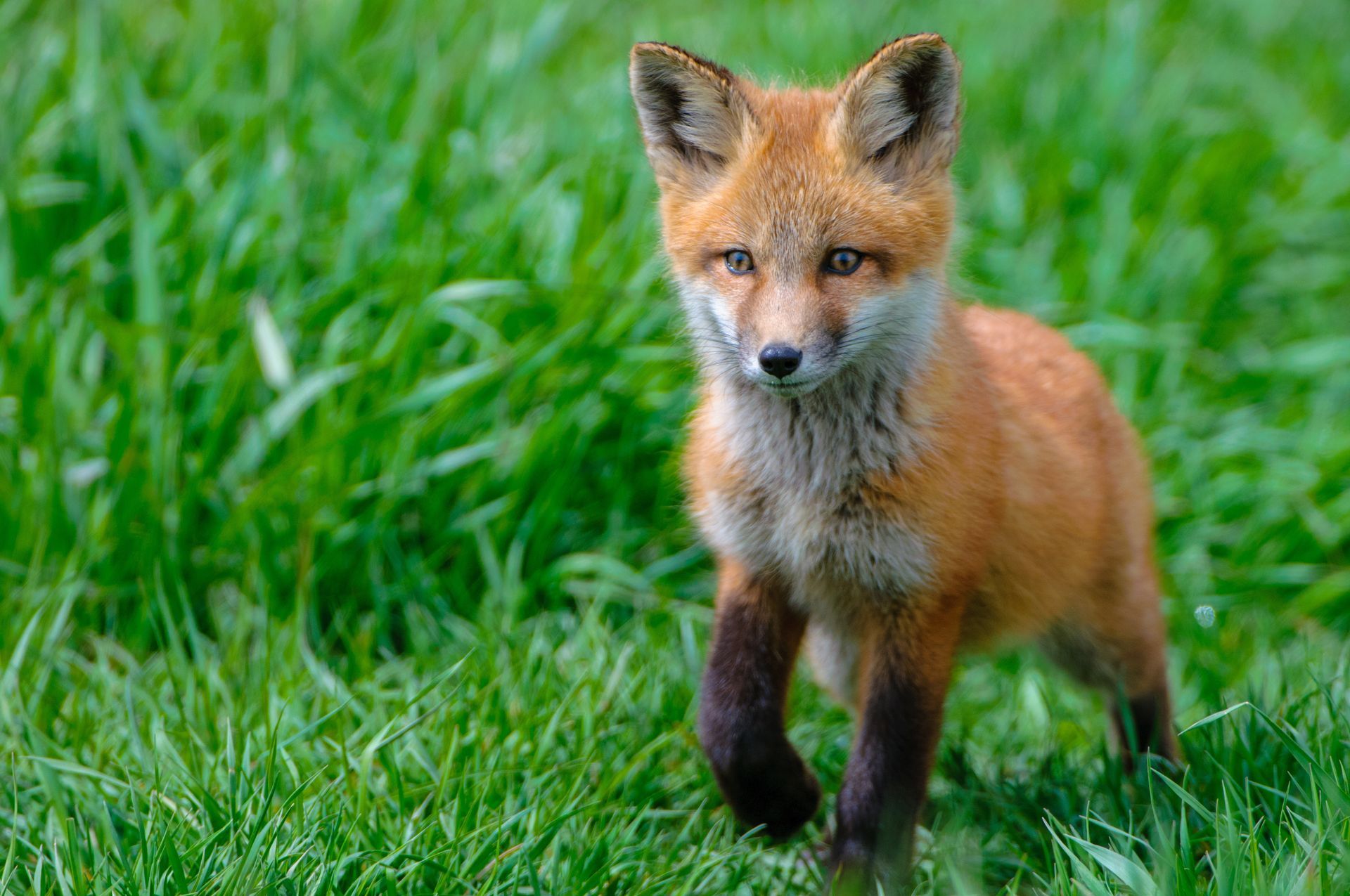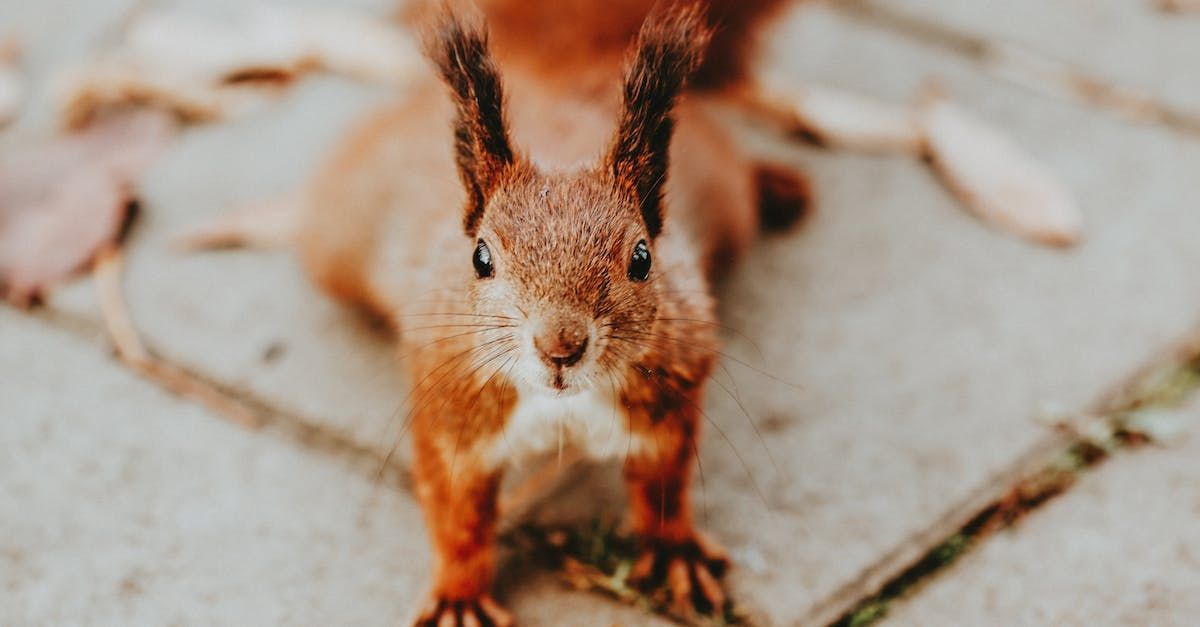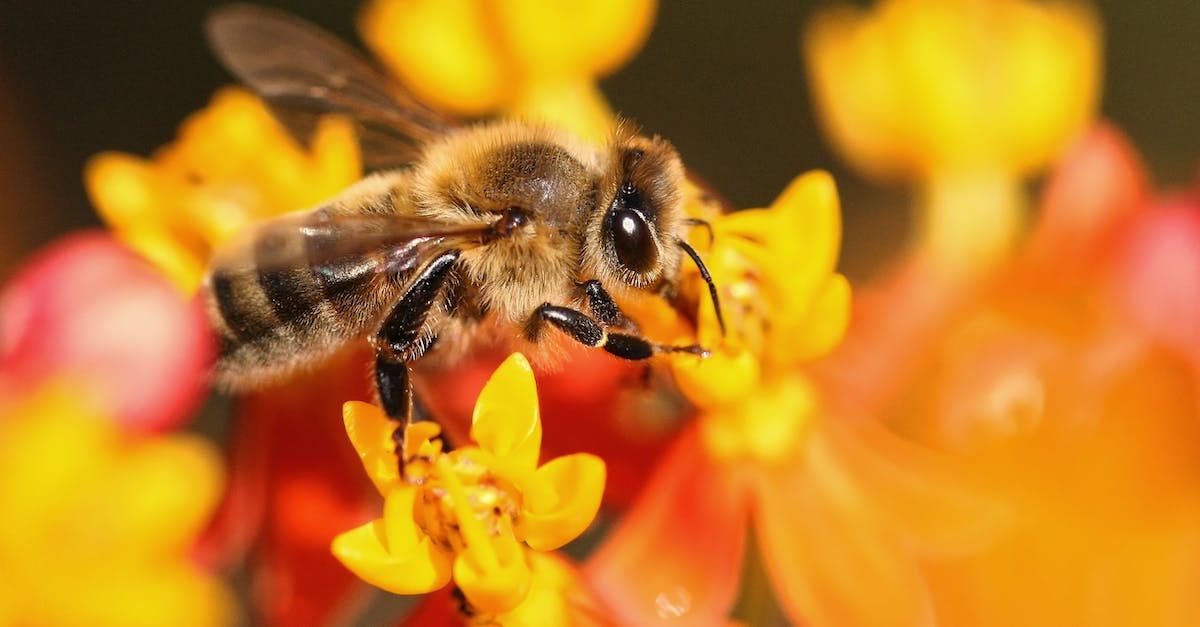You Otter Know—The River Otter
Please email or share this article.
You Otter Know—The River Otter
February 13, 2024
by Renée DeVincent
Charming and adorable, otters are very fun to watch. Their expressions are cute, and their playfulness entertaining. Spotting these furry creatures in the wild means the environment is healthy. However, the river otter is often mistaken for other animals like the sea otter, beavers, and muskrats. We will explore how special the river otter is in this edition of the Wild Truth.
Meet the North American river otter, also known as the Canadian otter—an aquatic marvel! Its slim body, webbed feet, and non-retractable claws make it a natural-born swimmer.
River otters are found throughout most of North America from the Rio Grande to Canada and Alaska. They often live in the same areas as beavers. Their homes can be both in salt water and fresh water.
5 Fun Facts About the River Otter 🦦
- Did you know that river otters can hold their breath for up to 8 minutes underwater?
- When it is dark, an otter uses its whiskers to find food.
- Otters can close their noses during deep dives to keep water out.
- The river otter is the largest member of the weasel family.
- River otters can dive to a depth of 60 feet.
River Otters Versus Sea Otters
Did you know that sea otters are not the same animals as river otters? River otters are much smaller than the sea otter and mostly live on land. But river otters are often found in the sea, so identifying them can be confusing. Here are six ways to tell them apart:
River Otters Are Very Playful & Talkative
Otters are social and live in groups called families. Communication helps their social bonds and lets the young otters practice hunting skills. They use several sounds to talk to one another, such as bird-like chirping, grunts, humming, hissing, and growls. And when playing, they can squeal, purr, or make gurgling sounds. Take a listen to the chirp of this river otter.
Social, playful, silly, and energetic are common descriptions of the river otter. Otters are creative and enjoy trying new things. Some of their favorite games include sliding down muddy banks, wrestling, tumbling, playing in the snow, and chasing one another on land and in the water.
Otters are famous for their ability to juggle rocks. Scientists are still determining why they do this. Some believe it is a form of play to practice hunting skills. More recent studies have found that otters juggle more when they are hungry, hinting that the excitement of finding food might be a big reason for their playful game.
Baby Otters are Super Cute
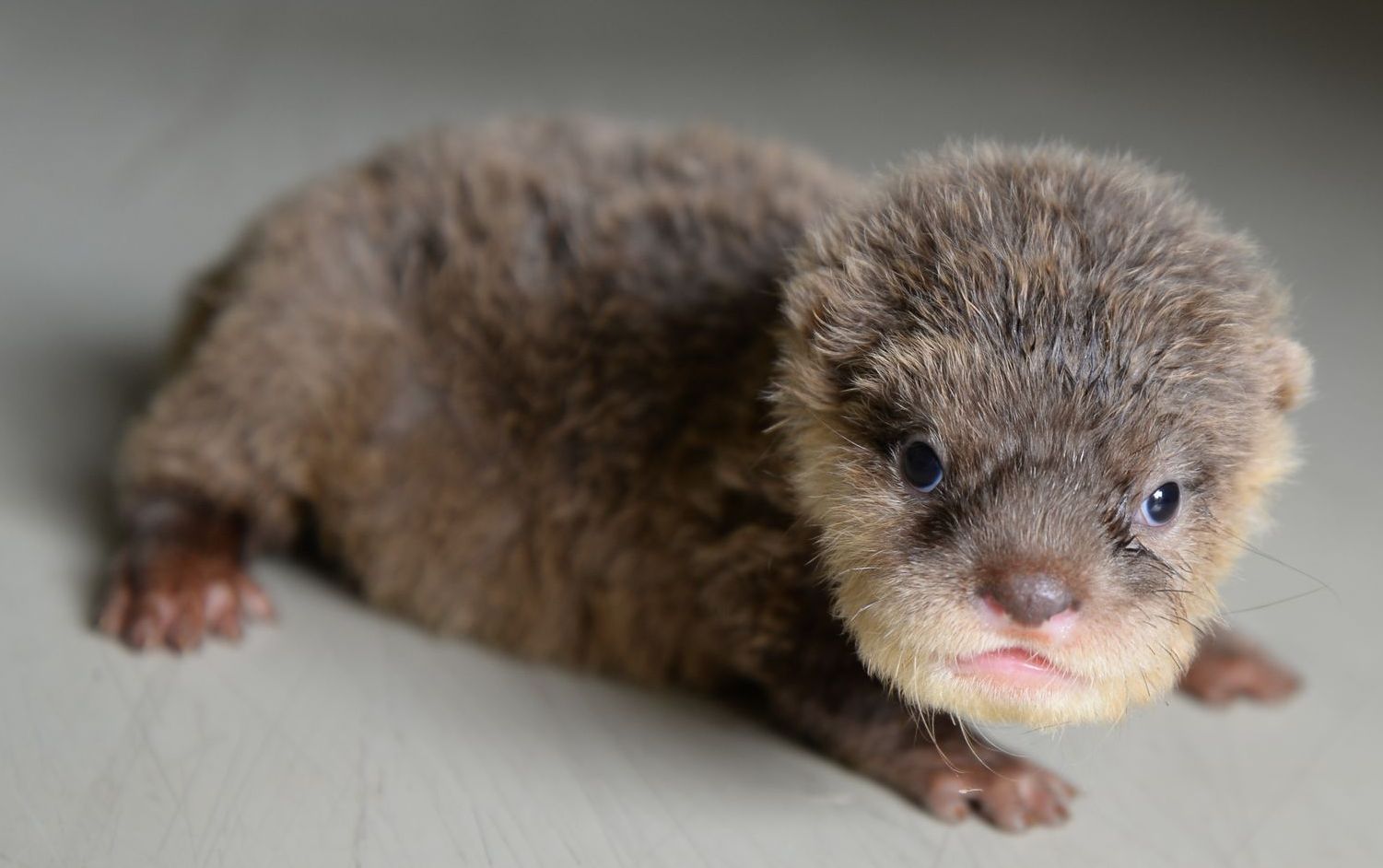
Baby river otters are tiny, weighing only five ounces on average when they're born. They come into the world blind, without teeth, but covered in soft fur and with claws already formed. It takes about a month for them to start opening their eyes and another month before they begin to play. Solid food becomes a part of their diet after two months. Their coat is fully grown at this stage, and their mothers teach them how to swim. A baby otter is called a pup or kitten, and they stay with their mothers until they're up to a year old or until she has more babies.
What is your Favorite Food?
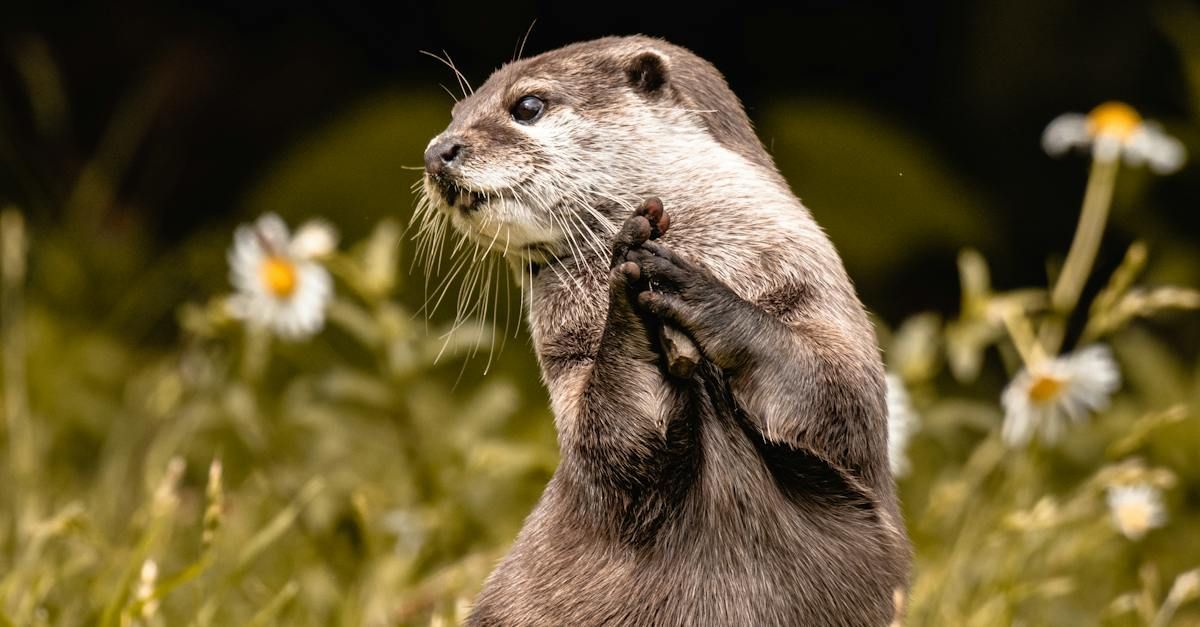
The favorite food of river otters is fish, but they also eat other foods to stay healthy. Depending on where they live, they may also eat crayfish, reptiles, and birds. They will migrate to find more food, when their food runs low. They spend many hours hunting, often early in the morning or late in the afternoon, using their sensitive whiskers to detect vibrations from prey in the water. If a female otter has babies, she may spend over five hours hunting each day to provide enough milk for her babies.
Otters Build Cozy Homes
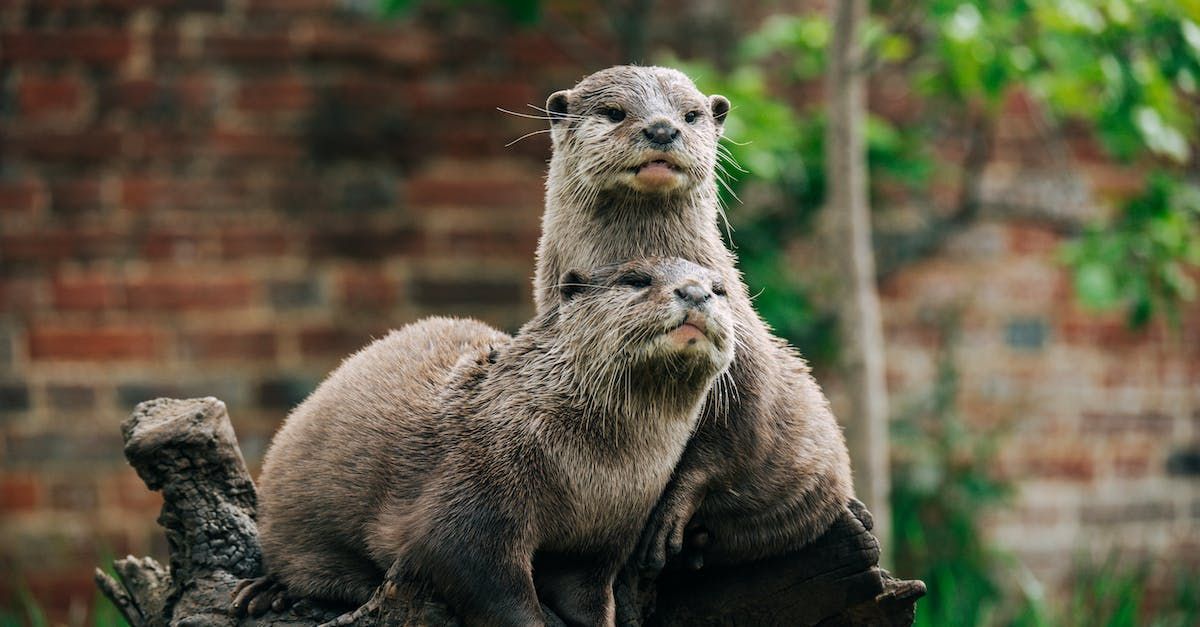
River otters are clever builders, creating cozy dens near the water's edge with many entrances both underwater and on land. They often repurpose abandoned burrows or dig their own beneath trees or rocks, lining them with soft materials like leaves and grass. Female otters, called sows, take care of the den and on average have two to three pups each year.
Otters in Your Backyard
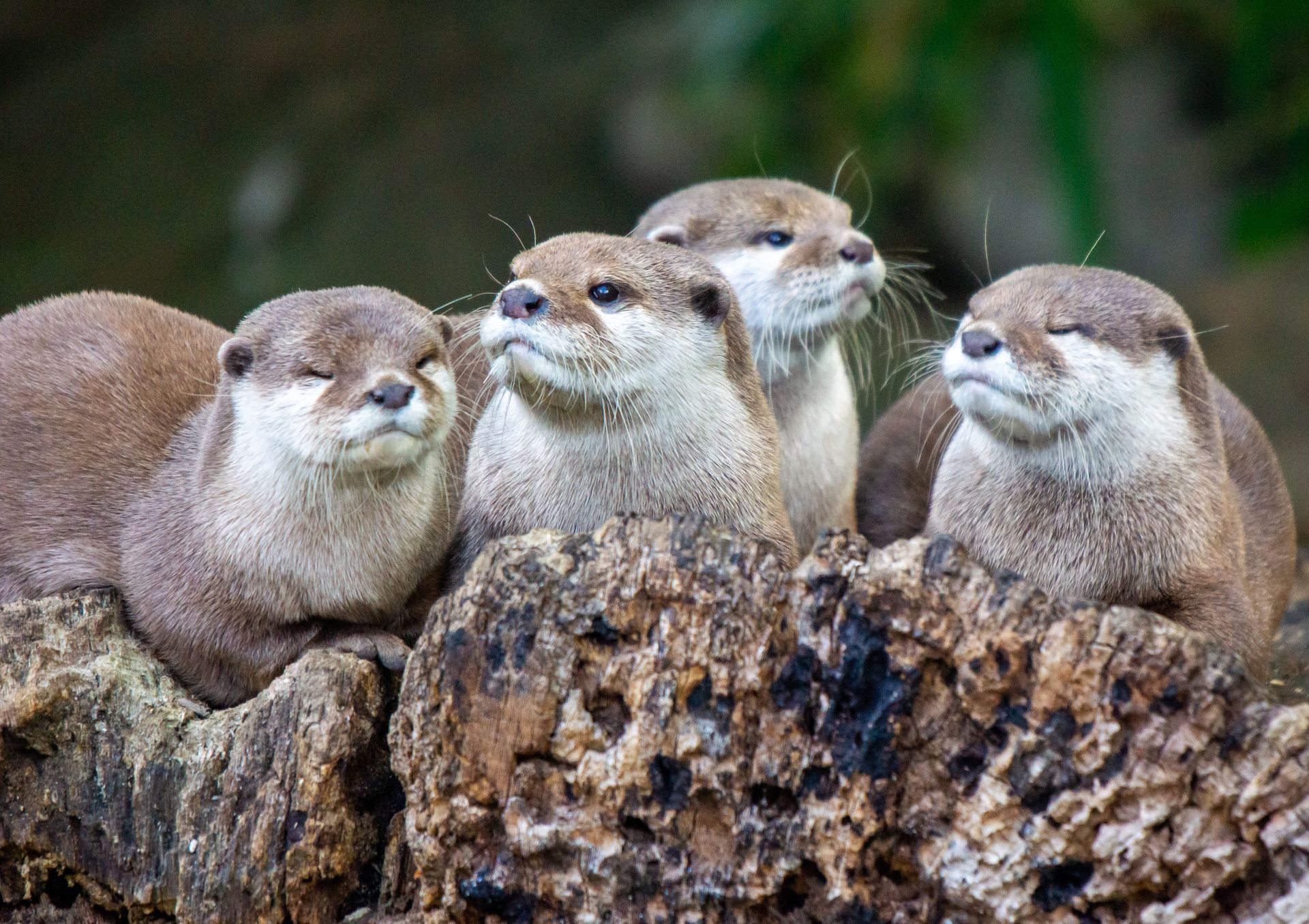
Otters are curious creatures and may wander into your neighborhood and even venture into your garden, especially if you have recently watered your plants and it is wet. Or, if you have a pond with fish, their favorite snack. River otters are adorable creatures that seem like perfect pets for your backyard. However, they're best left in their natural habitat because they do better in the wild.
What do you do when an otter ends up in your yard? Protective netting can be used to protect your garden. And when removing otters, repellants, and decoys won't do the trick. Otters are too smart to be fooled by these methods. Instead, it's best to use non-lethal traps. However, capturing otters can be challenging due to their intelligence and problem-solving abilities. It is best to hire a professional, to re-locate your otter friend.
13 Free Otter Themed Activities (Ages 3+)
